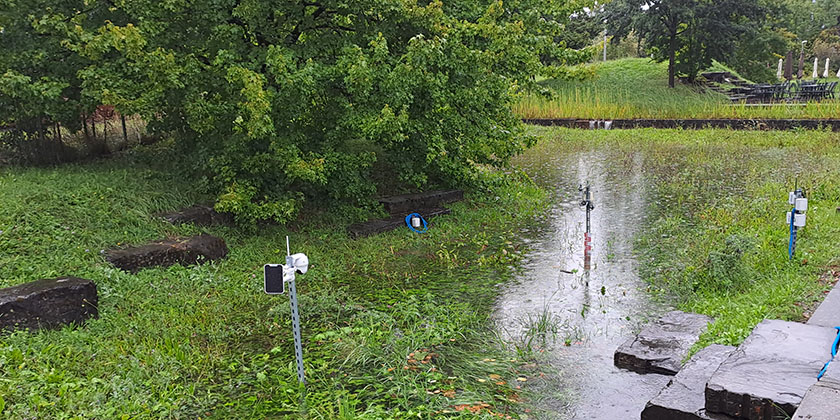Department Urban Water Management
Smart-BGI: Detect and quantify performance degradation of blue green infrastructures

Blue green infrastructures (BGIs) are implemented in urban environments to improve the life of their inhabitants and the environment. BGIs have several functions, such as flood reduction, heat mitigation, ameliorate the water quality and biodiversity. It’s therefore of major significance to understand how these systems develop during their life span. The performance of BGIs deviates from its original design over time due to clogging, soil compaction, preferential flow-paths and other processes. These changes are often unnoticed and often discovered after a major failure. The goal of this project is to develop methods to identify performance changes early by using advanced soft-sensor approaches and time series analytics.
In a first step of the project, conceptual methods are developed to detect changes in the performance of the given systems. The goal is to develop data-driven methods that are design agnostic and can be used widely without calibration.
To gain a better understanding of the systems and improve the models that we use, on the eawag/empa campus we monitor bioretention cells (BRCs) by measuring inflow, surface ponding and soil moisture.


